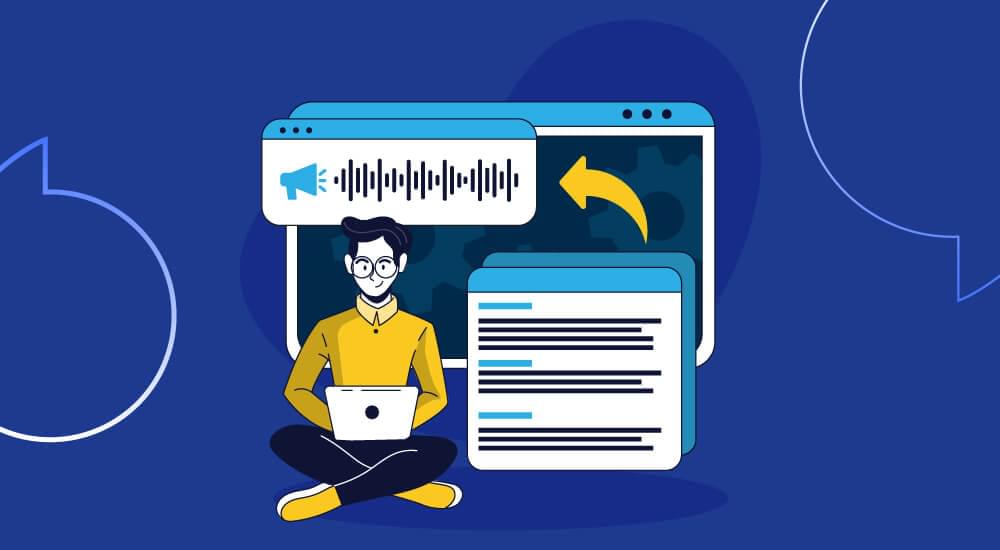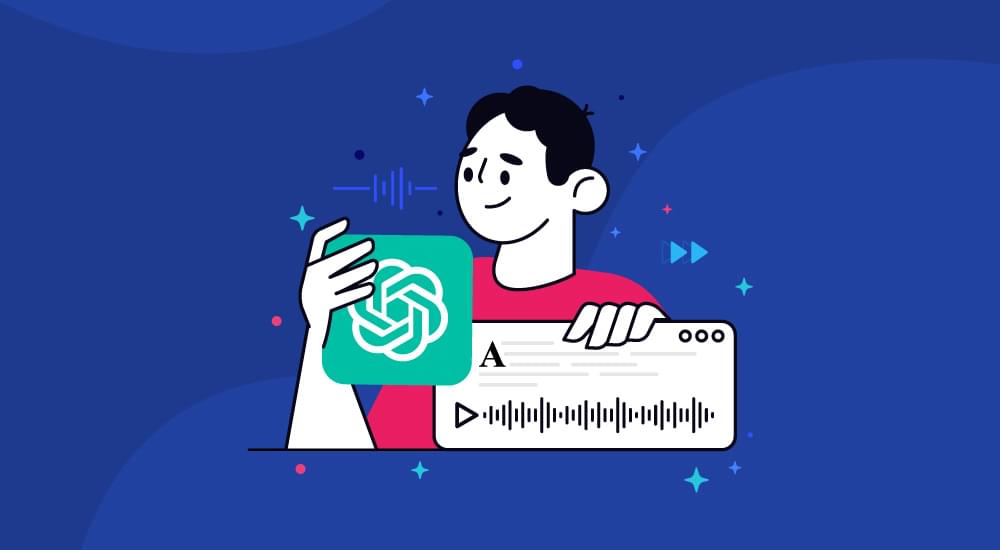voice technology tutorials
How AI In The Workplace Is Being Used In 2023?
Artificial intelligence (AI) has become an omnipresent force across various industries, gradually replacing conventional systems and processes. Intelligent business owners, recognizing the need for digital transformation, are increasingly investing in AI as a strategic option.
According to Forbes, 50% of businesses plan to boost their AI investments, integrating it into their everyday work environment.
An impressive 83% of companies have ramped up their AI and Machine Learning (ML) budgets since 2019. Year after year, more organizations are embracing AI tools to automate processes and maintain their competitive edge in the market.
But how does AI reshape the work environment? How AI is used in the digital workplace to effectively streamline business processes? And what lies ahead for AI in the workplace? Let’s delve into these intriguing questions and some awesome tips to gain maximum benefits from AI in workplace.
Benefits of AI in the Workplace
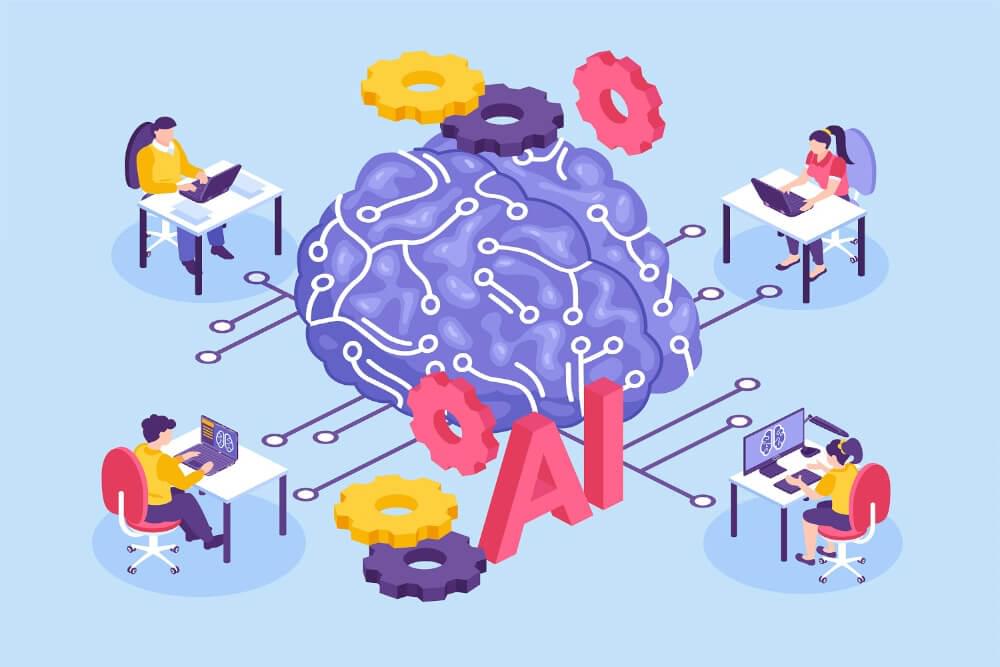
Amidst the predictions surrounding AI and its supposed job takeover, it’s important to address such notions. The truth is AI will indeed eliminate specific roles from the job market, but simultaneously, it will pave the way for new opportunities.
Rather than displacing us entirely, AI’s role in the workplace will unfold in two fundamental ways:
- AI’s primary function in the workplace is automating mundane and repetitive tasks, freeing us to focus on more complex and demanding operations.
- AI’s integration amplifies employees’ efficiency, fostering a more effective and productive work environment.
While the advantages of AI in workplace are manifold, a few often overlooked benefits can wield a substantial impact on your business.
1. AI In The Workplace Can Turn Complex Data into Valuable Insights
Running a competitive business requires the utilization of data. However, sifting through vast amounts of data and extracting valuable insights can be a daunting task, especially given the shortage of proficient data scientists in today’s market.
AI applications designed to provide significant data insights offer a range of capabilities, including:
- Identifying significant changes in patterns.
- Isolating emerging trends.
- Generating comprehensive reports to gauge progress.
- Conducting thorough content analysis and evidence-based reasoning.
- Revealing shifts in customer behavior that impact the bottom line.
- Predicting key business metrics for optimized performance.
2. Automation with AI
Automation, a concept we’ve emphasized, entails delegating repetitive tasks once handled by employees to the system. This efficient approach of AI in workplace conserves company resources, reduces costs, and saves time. Take chatbots, for instance, capable of simultaneously engaging with multiple customers and providing personalized assistance. The result? Enhanced productivity and customer satisfaction.
3. Decision-Making in Workplaces
Powerful AI data analysis tools like Power BI and Tableau unlock real-time insights. Interactive dashboards offer a comprehensive view of the company at both micro and macro levels. Managers, supervisors, team leaders, and C-level executives utilize these analytics to make informed decisions that drive the business forward swiftly.
4. Resource Optimization with AI
The benefits of AI also include significant resource optimization for enterprises. Organizations can decrease the overall demand for extensive project investments by investing in AI tools. Automation reduces the need for additional resources, while cloud computing and digitalization minimize paperwork and printing, resulting in streamlined operations and cost savings.
5. AI in Workplace Increases Returns
In pursuit of higher returns and increased profits, businesses strive to align their offices, processes, and employees with their goals. AI is used in the offices to assist management in achieving this alignment, ensuring that the workplace is in sync with the business’s mission and vision.
6. Enhance Customer Satisfaction
Customer satisfaction is vital to an enterprise’s success in a competitive market. To achieve this, AI in workplace can enhance their ability to deliver better services and keep customers happy. AI tools assist support teams in promptly resolving customer complaints and issues.
7. Reduce Employee Turnover
Artificial intelligence can play a crucial role in reducing employee turnover and enhancing business profits and productivity. By creating stress-free work environments through AI adoption, enterprises can foster a motivated and satisfied workforce, minimizing the likelihood of employees leaving their jobs.
How AI In The Workplace Boosts Productivity? Tips and Examples
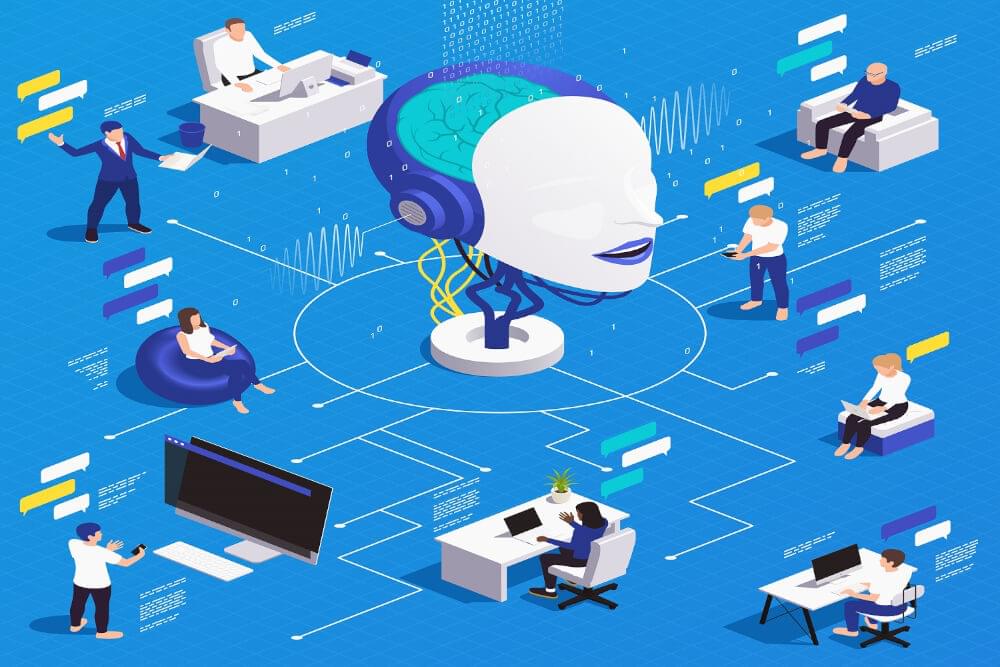
In today’s fast-paced and technology-driven world, Artificial Intelligence (AI) has become a game-changer in the workplace. With its ability to automate tasks, analyze data, and provide intelligent insights, AI is revolutionizing various departments and functions, ultimately enhancing productivity.
Let’s explore how AI is transforming different areas of the workplace and the examples of AI tools that are driving this transformation.
1. Human Resources (HR) Department
AI is revolutionizing HR processes, streamlining workflows, and improving overall efficiency. AI-powered tools are used for resume screening, candidate sourcing, and even chatbots to answer employee queries.
Example of AI Tool for HR Development: SmartRecruiters, an AI-driven hiring platform, uses machine learning algorithms to match job requirements with candidate profiles, improving the recruitment process’s speed and accuracy.
2. Customer Service Department
AI in workplace is transforming customer service by automating responses, improving self-service options, and providing personalized experiences. Chatbots are widely used to handle customer inquiries, resolve common issues, and offer 24/7 support. These AI-powered chatbots can quickly analyze customer queries, provide instant responses, and escalate complex issues to human agents when necessary.
Example of AI Tool for Customer Service Department: Salesforce’s Einstein AI provides a chatbot service that uses natural language processing to understand customer queries and provide relevant and timely responses, enhancing customer service efficiency.
3. Finance and Accounting Department
AI is transforming finance and accounting departments by automating data entry, improving financial analysis, and detecting anomalies. AI tools can extract data from invoices, receipts, and other financial documents, eliminating manual data entry errors. AI-powered algorithms can also analyze financial data, identify patterns, and provide accurate forecasts, enabling finance professionals to make informed decisions.
Example of AI Tool for Finance and Accounting: QuickBooks, an AI-powered accounting software, automates tasks like invoicing, expense tracking, and tax calculations, reducing manual effort and improving accuracy.
Related: What is an AI Audiobook Narration?
How WebsiteVoice Can Boost Productivity in Workplace?
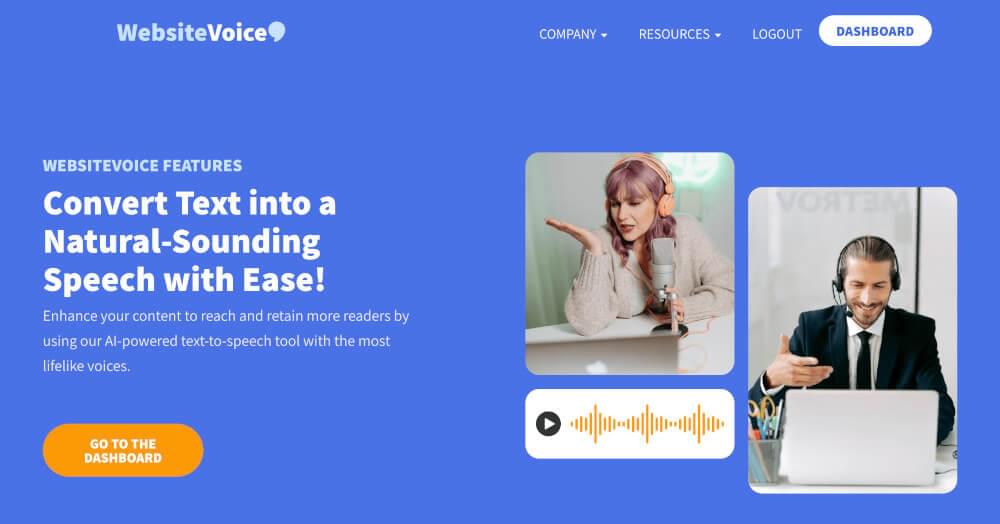
WebsiteVoice is an innovative text-to-speech tool designed to transform the written text into lifelike speech. Leveraging advanced technology and automatic content recognition, this online software empowers businesses to convert text into a natural-sounding voice in minutes.
1. Transforming Content Consumption
WebsiteVoice enhances content by converting written material into high-quality audio, catering to those who prefer listening. This immersive text-to-speech experience boosts engagement and extends content reach to visually impaired individuals and those seeking a hands-free experience.
2. Engaging and Accessible Experiences
With WebsiteVoice, marketers can add voice narration to videos, podcasts, and presentations to boost customer loyalty and build connections. This interactivity enhances user experience, driving increased customer engagement and retention rates.
3. Expanding Reach Across Channels
WebsiteVoice unveils how voice technology enhances your brand and distributes audio content across various platforms, including social media, websites, mobile apps, and virtual assistants. Marketers can tap into new avenues for content distribution, engaging users wherever they are.
4. Optimizing Sales Presentations
Text-to-speech technology of WebsiteVoice is a game-changer in generating leads with voice technology. By converting sales collateral and pitch decks into spoken words, sales professionals effectively communicate key messages, compelling prospects, and driving conversions. This AI-powered technology breathes life into sales materials, making presentations persuasive, engaging, and unforgettable.
Related: Everything to Answer What is TTS (Text to Speech) Software
Drawbacks of AI in the Workplace
Here are some of the drawbacks of using AI in the workplace.
- Job Displacement: AI and automation can displace workers, especially those in low-skill jobs, potentially impacting employment rates.
- Skill Mismatch: Workers must acquire new skills to adapt to the increasing presence of AI and automation, ensuring their competitiveness in the job market.
- Bias and Discrimination: AI systems reflect the biases in their training data, raising concerns about fairness in hiring, promotions, and other workplace practices.
- Ethical Concerns: Privacy, transparency, and accountability are ethical considerations that must be addressed as AI and automation become more prevalent.
- Cybersecurity Risks: The growing use of AI systems in processing and storing data poses a cybersecurity solution, as unauthorized access could compromise sensitive information.
- Loss of Human Interaction: Introducing AI systems may reduce certain forms of human interaction in the workplace, potentially impacting social connections and collaborative work.
- Uneven Access: Not all workers and organizations have equal access to AI and automation technologies, creating a digital divide that could exacerbate inequality.
- Algorithm Bias: AI’s decision-making relies heavily on algorithms, which are trained using datasets designed by humans. However, if these datasets are incomplete or contain partial data, AI tools can perpetuate the same biases in decision-making.
What Next for Artificial Intelligence (AI) In Workplace?
The influence of Al in workplace demands thorough examination and strategic preparation. Although AI offers the promise of transformative productivity enhancements, it also presents substantial obstacles, such as the displacement of jobs and ethical considerations.
With AI in workplace, automation will profoundly affect the global workforce. According to estimates, around 50% of work activities can technically be automated using existing technologies. Additionally, over 30% of activities in six out of ten current occupations possess the potential for technical automation.
As businesses navigate the integration of AI in workplace, they must address the challenges and seize the opportunities that arise, ensuring a balanced and inclusive future of work.
You may also like: Tips for AI Voice Generator for Audio Blogs
It’s a Wrap!
In a nutshell, it is evident that AI in workplace has revolutionized the way businesses operate and employees work. From streamlining repetitive tasks and enhancing decision-making processes to enabling personalized experiences and improving productivity, AI has become an indispensable tool across industries.
However, as AI continues to evolve, addressing ethical concerns and ensuring transparency and fairness in its implementation is crucial. Collaboration between humans and AI is the key to unlocking its true potential. By leveraging both strengths, businesses can achieve unparalleled efficiency and innovation.
In the coming years, we can expect popular AI tools, like WebsiteVoice, to further transform the workplace, leading to a new era of productivity and collaboration. Embracing AI technologies and adapting to the changing landscape will be vital for businesses to stay competitive in this fast-paced digital world.





